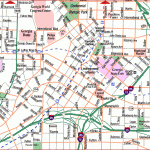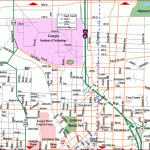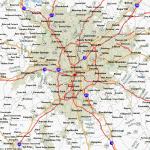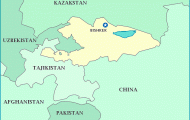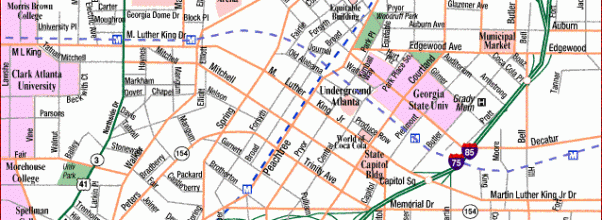
Laura Maddison from Avanti Travelcare shares some tips on how to avoid travellers’ diarrhoea. When visiting certain countries it is important to follow these simple, practical rules!
How to escape the dreaded dicky’ tummy when travelling overseas
Whether you’re travelling on a short city-break, the trip of a lifetime such as a honeymoon, or a long-term backpacking trip, food poisoning or any other type of gastro infection can ruin, and in some cases cut short, your holiday.
Stomach bugs usually occur when travellers consume food and drink from countries and establishments that have lower hygiene standards than our own in the UK. There are certain areas of the world where sanitation levels are known to be worse than ours, including parts of Asia, Africa, the Middle East and Central and South America.
When travelling to countries within these regions, it is wise to exercise some caution when eating and drinking particular types of food and drink, as there are some basic rules that you can follow in order to minimise your risk of developing diarrhoea or a sickness-based bug.
Take care with water
Boiling tap water before drinking it will kill off a great deal of unwanted bacteria, but in general it is better to buy bottled water. If possible buy a brand that you recognise as there are cases in some countries where bottles of tap water are sealed and sold as if they are mineral water.
Take care also when ordering cold drinks; it’s a good idea to skip the ice and a slice’, however hot it may be, as the ice will usually be made from tap water. It’s also recommended that travellers brush their teeth using bottled water, particularly in countries such as Russia.
Fruit and Vegetable Preparation
In general, it is best to avoid eating salad from restaurants in certain parts of the world. This is because travellers are unable to guarantee that the salad has been prepared safely and of course even if the ingredients have been washed, they may well have been rinsed using tap water containing germs that you’re trying to avoid.
The same situation applies with fruit, in that holidaymakers should typically avoid things like a fruit salad where the fruit has already been peeled, chopped and served. However, if you would like to consume fruit when on your travels, it is considered safe to eat fruit that you can peel yourself. Just be careful that the fruit does not have a damaged skin.
Street Food
Food that can be eaten straight off a market stall in the street can be a wonderful cultural experience in countries such as India or Morocco. However, this could be the exactly the scenario that gives you the dreaded dicky’ tummy.
Street food is often kept warm for long periods of time in the type of conditions that germs love to breed in. Reheated rice, seafood, eggs or food that is not served piping hot is not considered safe to eat and should be avoided at all costs. Travellers should also sidestep fruit juices that are served by street vendors.
Dealing with a tummy bug when overseas
There are certain countries in the world, such as India, where contracting a tummy bug is the norm no matter how careful you’ve been with your selection of food and drink.
This is why it is always recommended that travellers take out a travel insurance policy including valid health cover, so that you are always eligible for treatment if you do come down with a bug. Make sure you keep hydrated with clean water, try and eat as normally as possible and seek medical assistance if you are still unwell after a couple of days, as you may need antibiotics to clear the infection.
Laura Maddison is Head of Marketing at Avanti Travelcare who specialise in travel insurance for those with pre-existing medical conditions, and are one of very few that have no upper age limit on their policies.
Map of Atlanta Georgia Photo Gallery

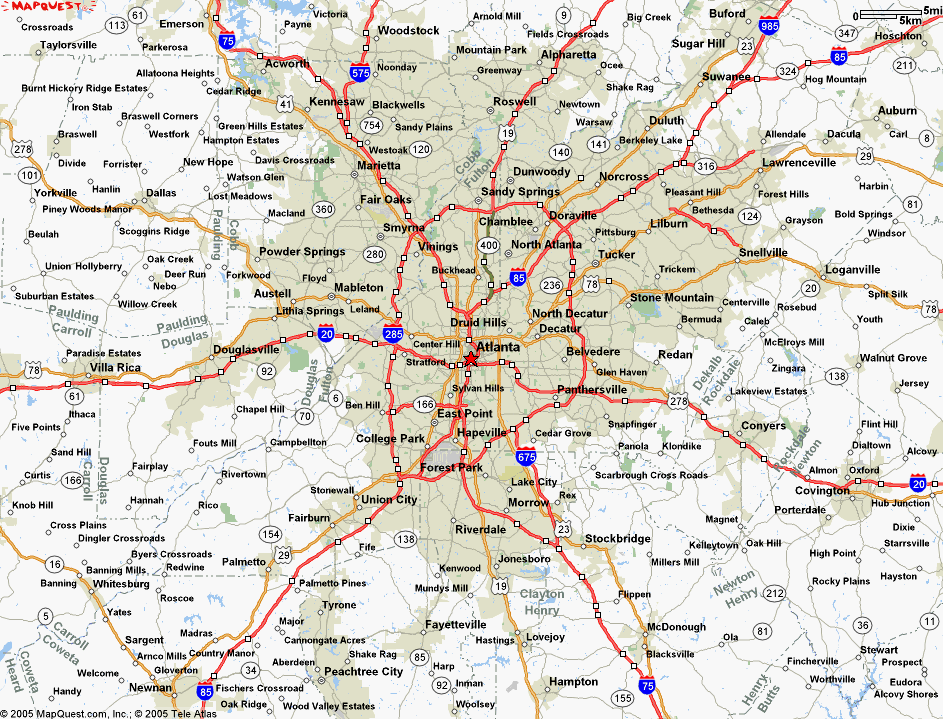
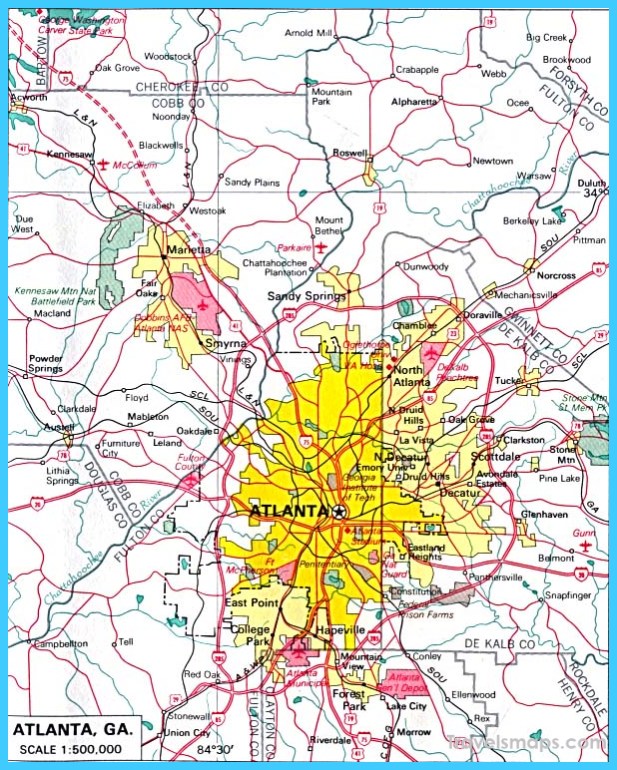
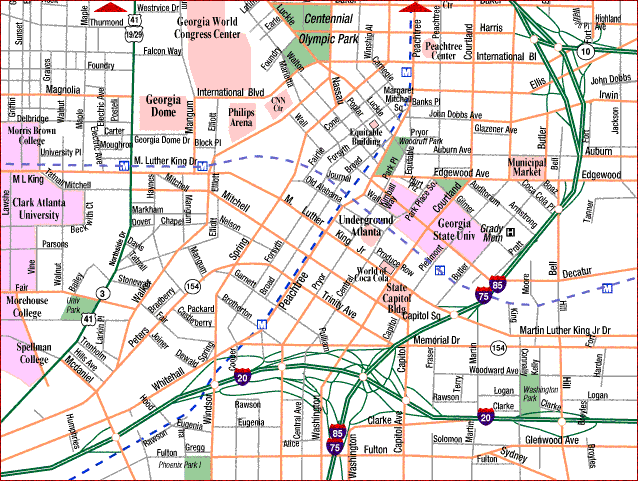
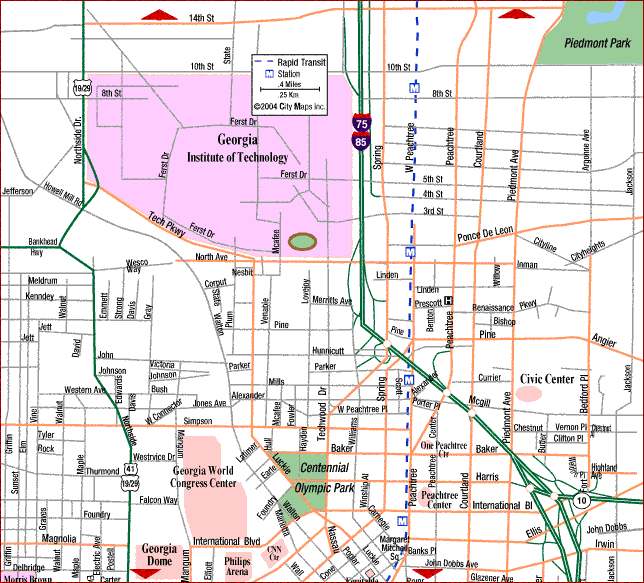
Maybe You Like Them Too
- The Most Beautiful Cities, Monuments and Attractions for Christmas
- The Best Places To Visit In North America For Christmas
- The Best Travel Destinations For Your Bucket List
- Faro Travel Guide: Map of Faro
- Mumbai Travel Guide For Tourists: Map Of Mumbai

